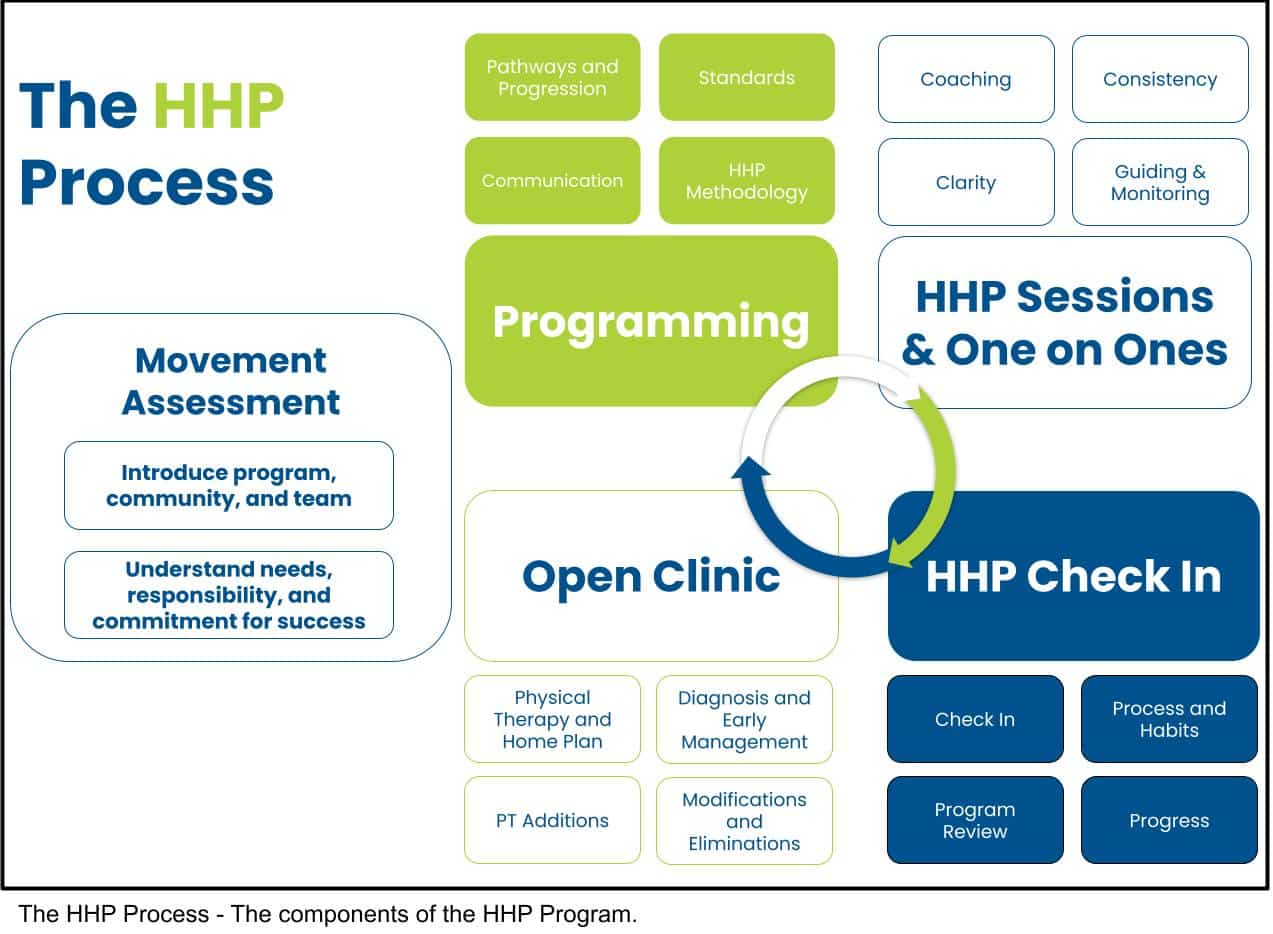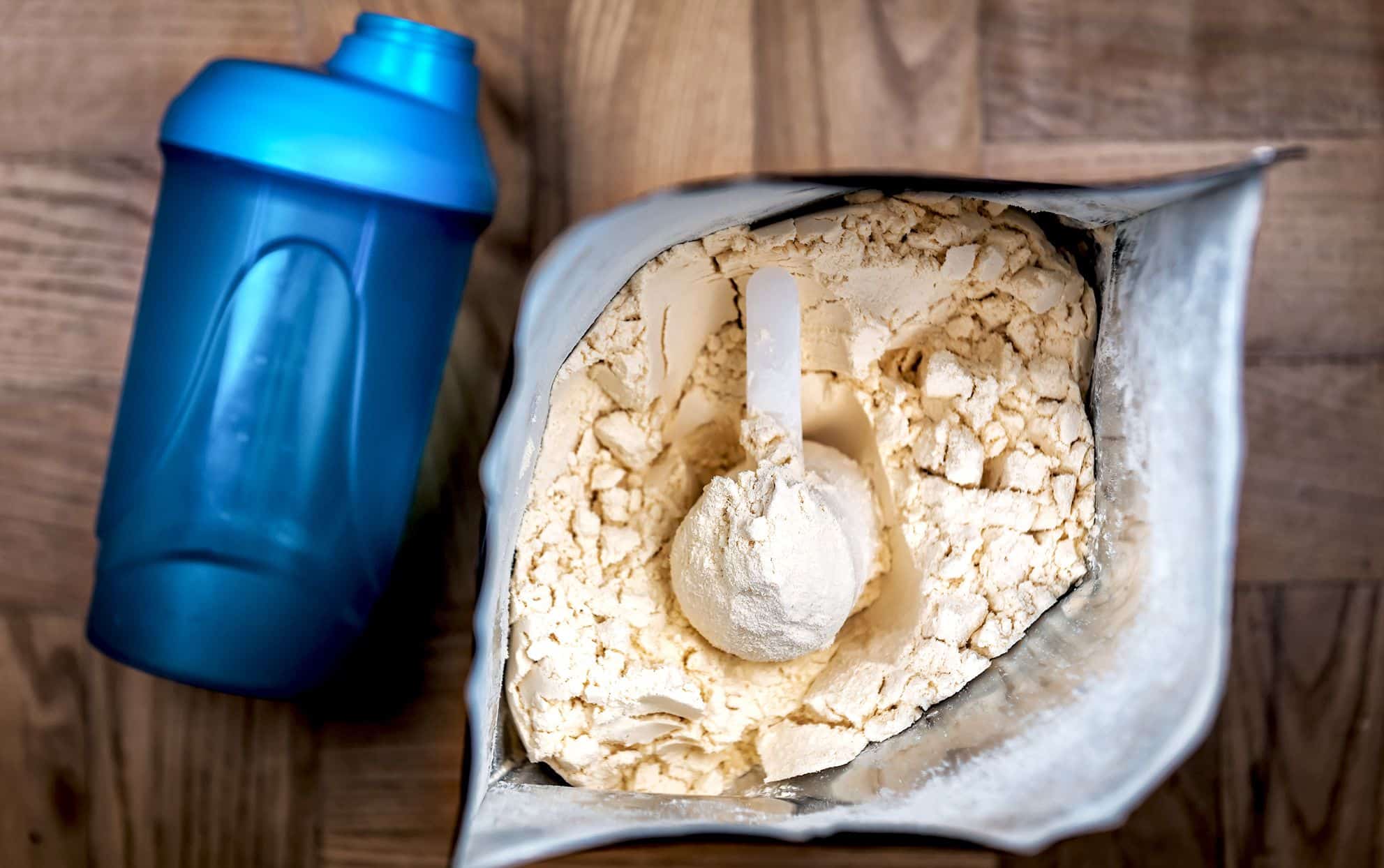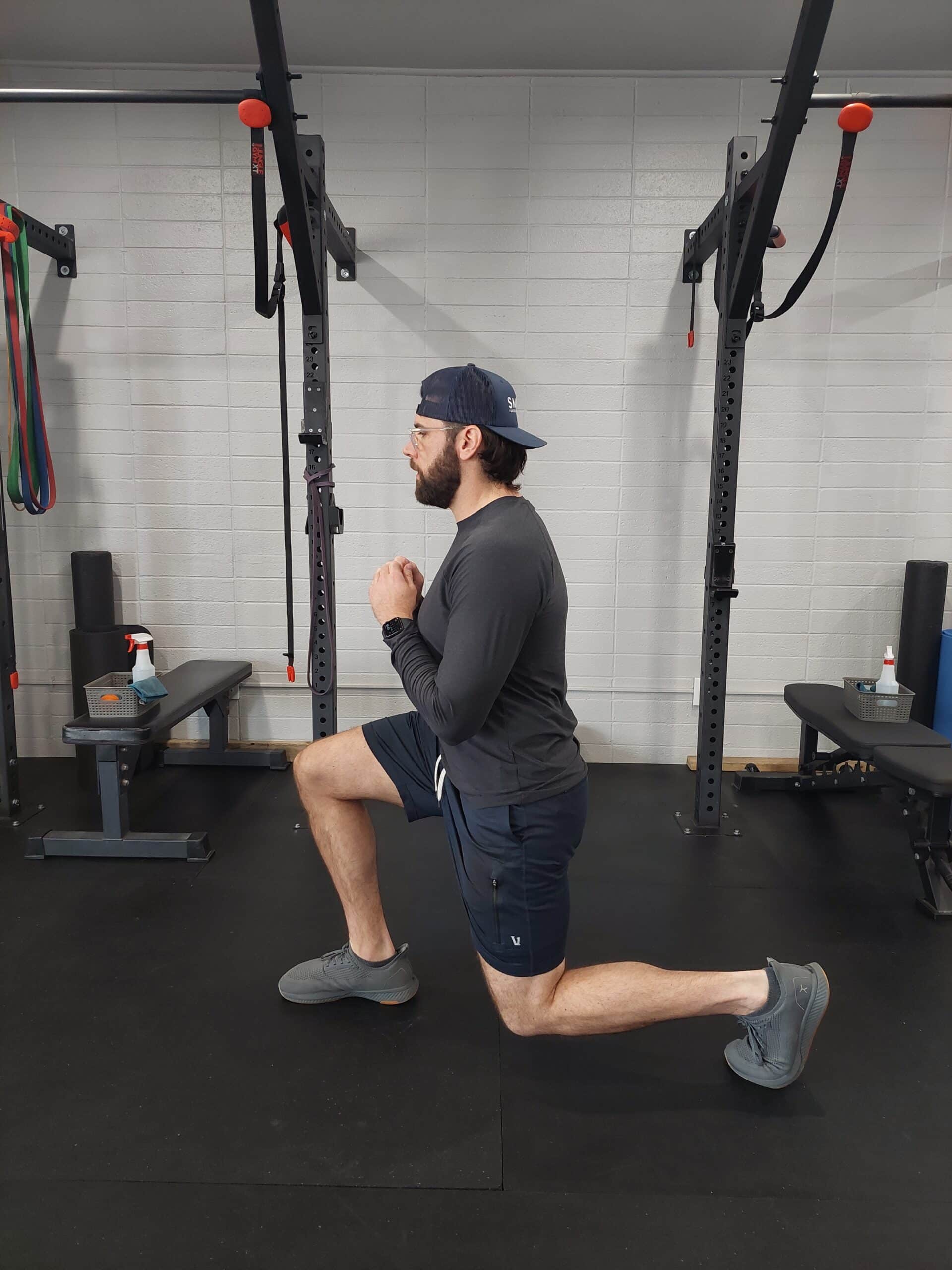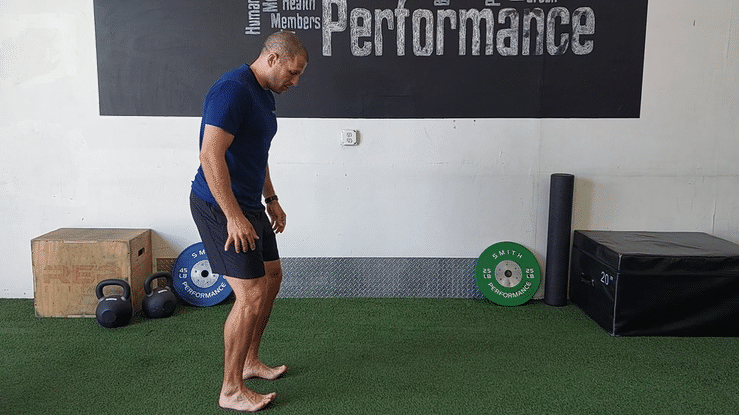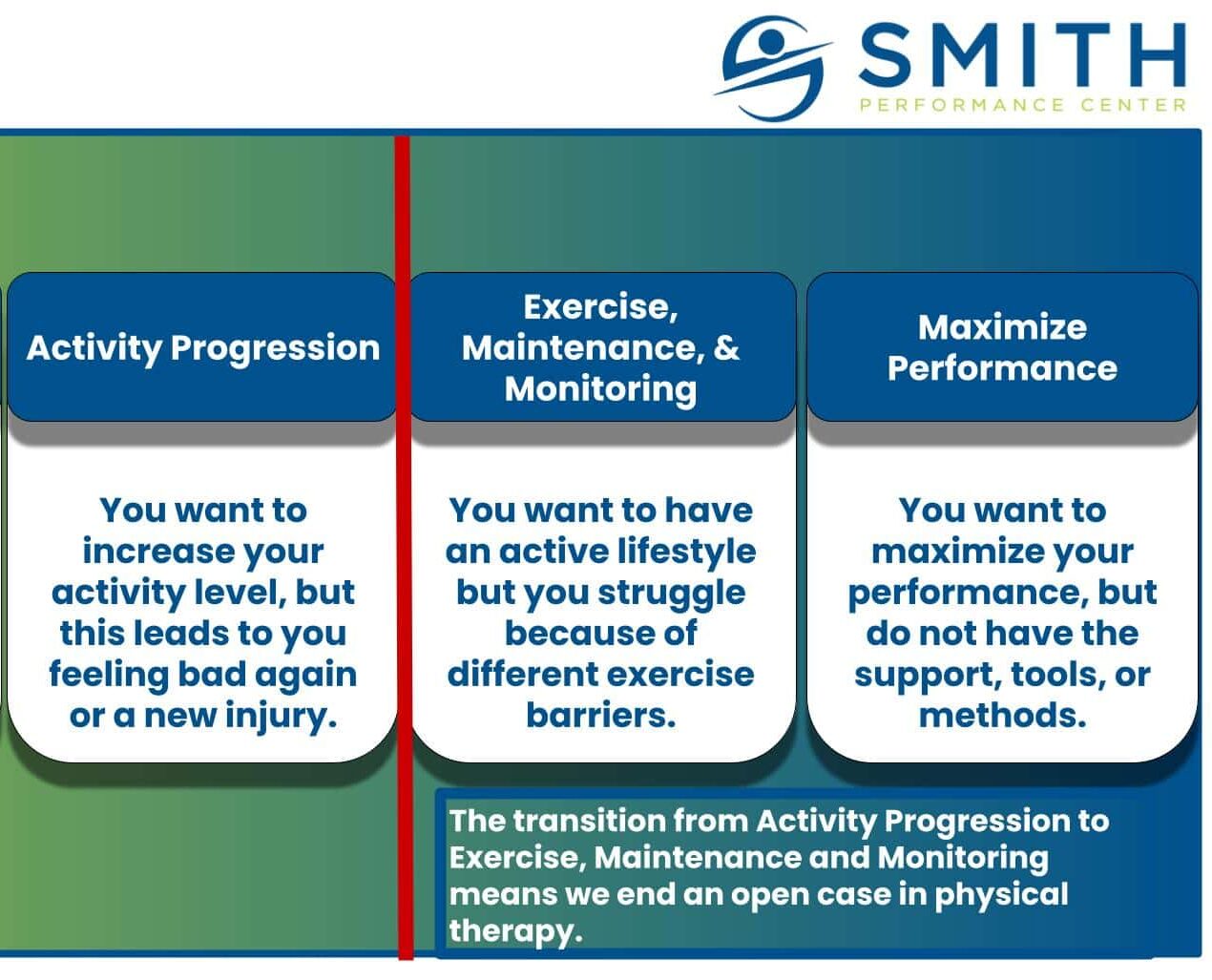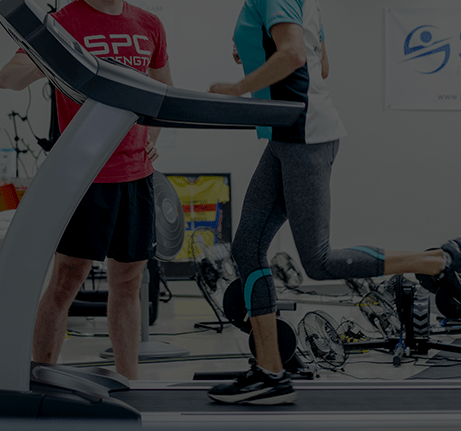At SPC, we’re excited to announce that our supplemental workouts will be available on our On Demand platform.
However, we understand that there may be a learning curve associated with incorporating these workouts into your routine.
That’s why we want to ensure you have the resources to make the most of this valuable tool for future reference. If you’re unsure about what the supplemental programs entail, we encourage you to check out our blog post, ‘ The 4 Types of SPC Supplemental Workouts.‘
We will go into each aspect of the workout, why, and when to add the supplemental workouts.
Understanding the Structure: Components of a Workout
A single workout, at the most simple level, should include a prep component and a workout component. But this misses other aspects that often occur at SPC. Let’s define these components first:
Prep: Getting your body ready for exercise.
Skill Development: Learning or developing new skills to support your overall fitness or address contributing factors.
Workout: The exercise routine that provides a challenging stimulus including sets, reps, load, exercises, alternatives, and rest periods.
Accessory: Additional exercises that target specific areas of the body for further development.
Recovery: Helps your body cool down and handle the work accomplished without a negative response.
The general workout structure at SPC typically consists of a warm-up followed by a strength workout. This forms the foundation of your training, supplemental workouts expand on this framework to target the other components.
Potential Supplemental Workouts: Expanding Your Options
It’s important to clarify that when we refer to the workout structure, we mean a single workout session. This isn’t a comprehensive program spanning weeks or months. With the supplement workouts, you adapt your single workout structure based on your schedule, how your body feels, any new issues that arise, or updates from our coaching staff.
Your session can include the following supplemental selections:
Supportive: Supportive is designed to support prep and recovery components. This involves activities aimed at getting you warm, addressing any injuries or limitations with PT additions, and facilitating recovery.
We suggest using the supportive On Demand routines during prep or recovery.
Progressive: Progressive focuses on enhancing specific movements or addressing factors that could lead to future issues. Examples include balance exercises, improving pull-ups, or mastering the fundamentals of exercises like the Turkish get-up.
We suggest doing this before you do the main workout. If you want an extra challenge, you can induce a fatigue component by doing it after the workout.
Additive: Additive activities target accessory movements to complement your primary strength training. This may include additional core work, arm development, or energy system training.
We suggest doing this during the accessory component.
Stand Alone: As stated above, the stand-alone workout will actually replace a strength workout. We do not recommend doing both a scheduled strength workout and a stand-alone workout on the same day.
By understanding and incorporating these components into your training regimen, you can optimize your workouts and make progress toward your fitness goals. With the flexibility and variety offered by our supplemental workouts, you have the tools to tailor your training experience to suit your individual needs and preferences.
Do you struggle with maintaining an exercise routine?
Let us help you develop an exercise routine that can work even with a busy schedule.

